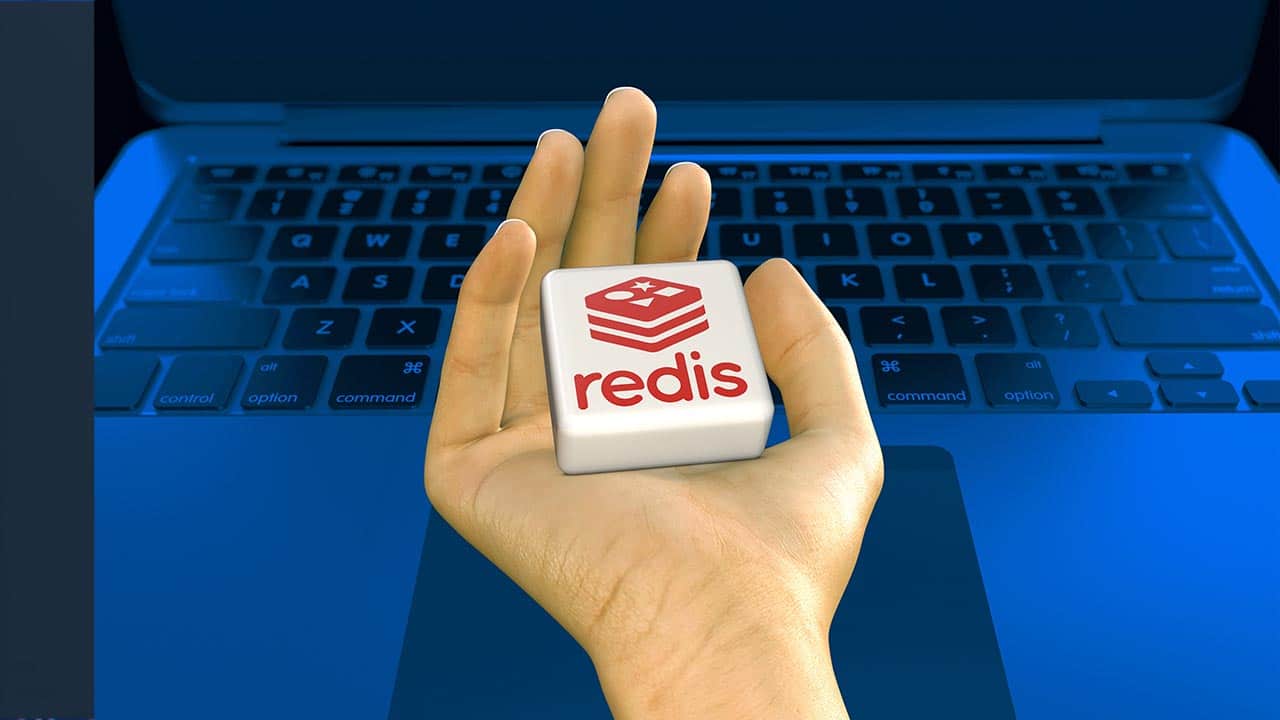Last Updated on June 28, 2025
In the world of high-performance applications, Redis has carved a niche as one of the most reliable and versatile in-memory data stores. From its origins as a simple caching solution to becoming a cornerstone of modern distributed systems, Redis has evolved into a powerhouse. For Tabscanner, Redis plays a pivotal role in managing queue processing, enabling smooth and efficient receipt data extraction workflows. Let’s dive into the history, capabilities, and recent open-source controversies surrounding Redis.
A Brief History of Redis
Redis (short for Remote Dictionary Server) was created in 2009 by Salvatore Sanfilippo (antirez). Initially designed as a solution to improve performance for a real-time analytics system, Redis quickly grew beyond its original use case due to its simplicity and speed.
The open-source community embraced Redis, and its development was eventually backed by Redis Labs (now known as Redis Inc.). Over the years, Redis evolved from a simple key-value store to a multi-purpose, in-memory database with support for:
- Data structures (e.g., lists, sets, sorted sets, hashes).
- Pub/Sub messaging.
- Streams.
- Modules for custom functionality.
Redis and Tabscanner: A Match Made for Queue Management
Tabscanner uses Redis for managing queue processing, a critical component of its receipt data extraction system. With Redis, Tabscanner can handle the high throughput and low-latency requirements of processing thousands of receipt images simultaneously.
Key Redis Features for Queue Management:
- In-Memory Speed: Redis operates entirely in memory, delivering lightning-fast response times that are ideal for real-time applications.
- List Operations: Commands like
LPUSH,RPUSH, andLPOPmake implementing queues straightforward and efficient. - Pub/Sub Messaging: Redis can act as a message broker, allowing different components of an application to communicate asynchronously.
- Persistence Options: Redis offers snapshotting and append-only file (AOF) persistence to ensure durability without compromising performance.
Scaling Redis for High-Performance Applications
As applications scale, so do their demands on infrastructure. Redis excels at scaling to meet these challenges, offering several mechanisms to handle increased loads:
- Horizontal Scaling with Clustering
- Redis Clustering partitions data across multiple nodes, enabling horizontal scaling.
- A cluster consists of multiple master nodes (each handling a subset of keys) and optional replicas for high availability.
- Vertical Scaling
- Redis is incredibly efficient in utilizing CPU and memory resources, allowing it to handle significant workloads on a single instance.
- Replication for Fault Tolerance
- Redis supports master-replica replication, ensuring data availability and consistency during failures.
- Failover mechanisms can promote replicas to master nodes automatically in case of outages.
- Modules for Specialized Needs
- Redis modules like RediSearch and RedisBloom extend functionality, providing advanced query capabilities and probabilistic data structures.
- Built-In Sharding
- Redis clustering enables sharding, distributing keys across multiple nodes to balance load and reduce bottlenecks.
Recent Open-Source Battles and Redis’ Position
Redis has been at the center of some recent debates surrounding open-source software. Initially released under the BSD license, Redis transitioned to the Commons Clause for certain modules in 2018. This move was driven by the rise of cloud providers offering “Redis-as-a-Service” without contributing back to the project.
Key Points of Contention:
- Commons Clause: This license restricts the sale of specific Redis modules, sparking debates about what “open-source” truly means.
- AWS and Managed Redis: Amazon’s launch of Amazon ElastiCache (a Redis-compatible service) fueled tensions, as some felt it capitalized on open-source efforts without supporting Redis Inc.
- Forks and Alternatives: These controversies have led to forks like KeyDB and alternatives such as DragonflyDB, which aim to offer compatibility with Redis while addressing perceived shortcomings.
Despite these challenges, Redis remains a leader in the open-source ecosystem, supported by a vibrant community and continuous innovation.
Why Redis Matters for Tabscanner and Beyond
For Tabscanner, Redis is more than just a queue manager—it’s the backbone of a highly scalable and efficient system that processes receipts in real time. Redis’ speed, versatility, and robust scaling capabilities make it an invaluable tool for managing complex workflows in data-intensive environments.
Benefits Redis Brings to Tabscanner:
- Low-Latency Operations: Ensures receipt processing queues are responsive and reliable.
- Scalability: Handles growth seamlessly, enabling Tabscanner to process millions of receipts daily.
- Resilience: Built-in replication and clustering provide the fault tolerance necessary for uninterrupted service.
Conclusion
Redis has proven itself as a foundational technology for modern applications, from caching to full-scale database solutions. Its role in powering Tabscanner’s receipt processing pipeline highlights its importance in real-world use cases. Despite recent controversies, Redis continues to evolve and adapt, solidifying its position as a critical tool for developers and businesses alike.
As Tabscanner grows, Redis will undoubtedly remain an integral part of its infrastructure, ensuring scalability, reliability, and performance at every step. 🚀
Want to learn more about Redis? Visit the official Redis website for documentation, tutorials, and community resources.



